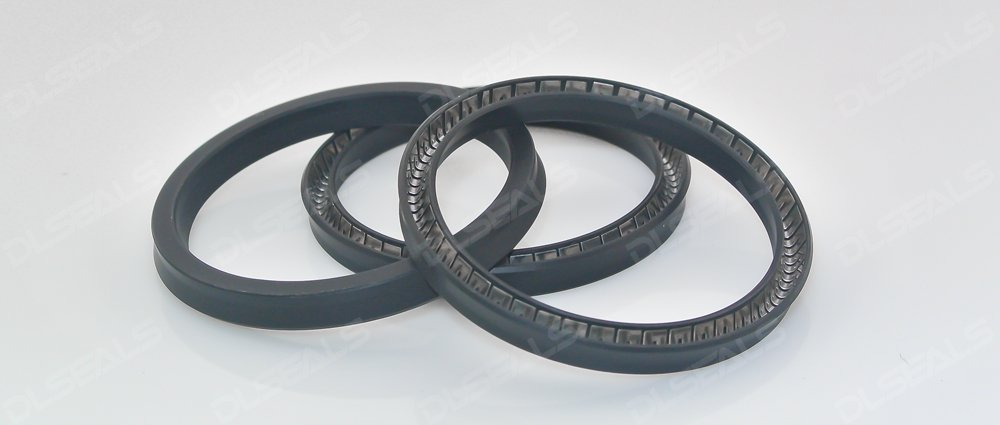Introduction:
As industrial technology advances and the scope of applications expands, there is a growing demand for sealing in high-pressure environments. Whether it’s deep within oil wells in the petroleum and natural gas industry or under extreme conditions in aerospace, sealing in high-pressure environments poses significant challenges. Engineers continuously seek innovative sealing solutions to ensure system reliability and safety. This article delves into the technologies of sealing in high-pressure environments, providing a comprehensive overview.
Challenges in High-Pressure Environments:
Sealing in high-pressure environments requires consideration of various factors, including pressure, temperature, medium, and operational duration. Common challenges include:
Seal Failure under High Pressure: High pressure may lead to deformation or damage of sealing components, resulting in leaks.
Temperature Variations: Temperature changes in high-pressure environments can be significant, demanding higher performance from sealing materials.
Medium Compatibility: Sealing materials must be compatible with the medium to prevent chemical reactions or corrosion.
Sealing Solutions:
Engineers have developed various sealing solutions to address the challenges of high-pressure environments, including:
Metal Seals: Typically made of high-strength metals, metal seals can withstand extremely high pressure and temperature. They exhibit excellent performance under extreme conditions but may increase system costs.
Spring Seals: Spring seals utilize the pressure of springs to maintain the seal and are suitable for both static and dynamic applications in high-pressure environments.
Elastomeric Seals: Made of rubber, polymers, or composite materials, elastomeric seals offer good elasticity and sealing performance, suitable for high-pressure environments with lower pressures and temperatures.
Key Factors:
Choosing the appropriate sealing solution requires consideration of several key factors, including:
Pressure and Temperature Requirements: Understanding the pressure and temperature range of the system is crucial in selecting sealing components.
Medium Characteristics: Different mediums have varied requirements for sealing materials, such as chemical stability and wear resistance.
Application Conditions: Considering whether the application is static or dynamic, and factors such as vibration and impact in the operating environment.
Innovative Trends:
With advancements in material science and manufacturing technology, sealing solutions continue to innovate. Some emerging trends include:
Application of Nanomaterials: Nanomaterials exhibit excellent mechanical properties and chemical stability, widely applied in high-pressure sealing.
Biomimetic Design: Drawing inspiration from nature, engineers develop biologically inspired sealing materials with superior performance.
Digital Manufacturing: Utilizing technologies like 3D printing and CNC machining to customize seals to meet specific requirements.
Conclusion:
Achieving reliable sealing in high-pressure environments is a significant challenge across industries. Through ongoing research and innovation, engineers are developing increasingly advanced sealing solutions to meet evolving needs. Selecting the right sealing solution requires comprehensive consideration of factors such as pressure, temperature, medium, and application conditions, along with a focus on emerging innovative trends to ensure system reliability and safety.
In conclusion, sealing solutions for high-pressure environments offer vast application prospects and will continue to receive attention and investment from the engineering community.
Post time: Mar-20-2024

